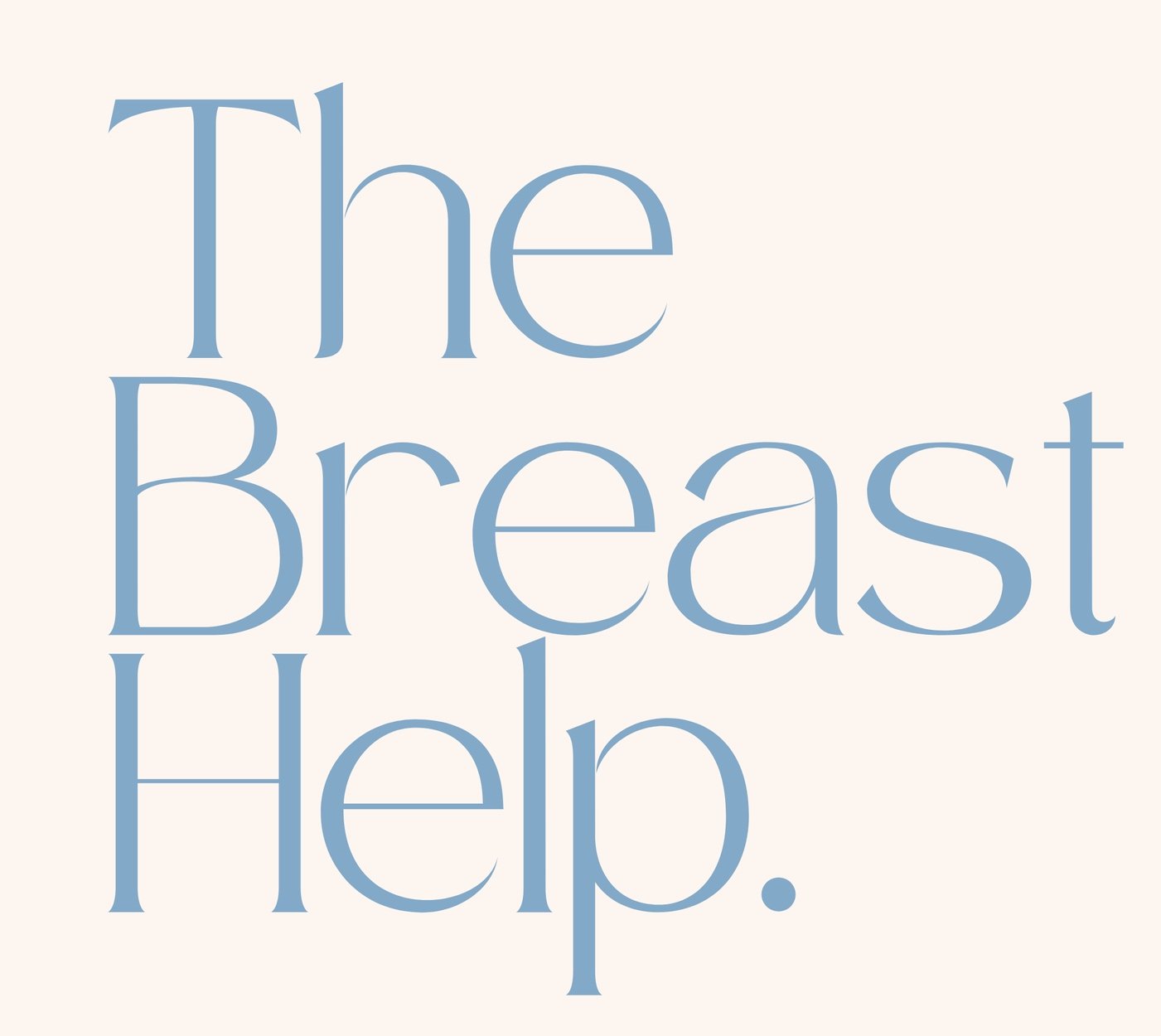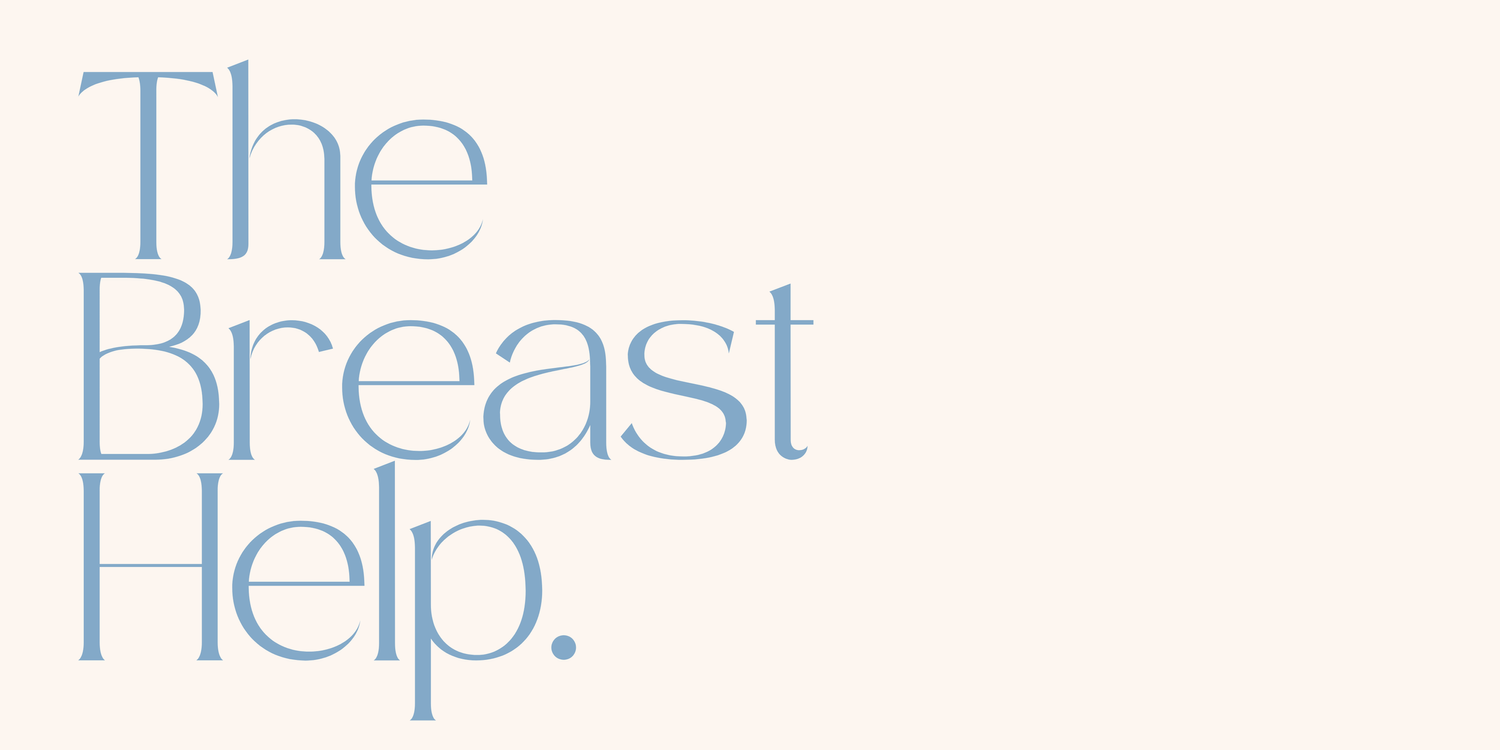Is Your Baby Possibly Struggling with Oral Function? Signs to Watch for During Feeding
Understanding Oral Function in Breastfed Babies
When something’s not quite right when it comes to feeding babies, it can leave both baby and parent feeling frustrated, confused, or in pain.
Unfortunately I see so many families that are told “everything looks fine,” because someone has looked at a latch, seen a baby is putting on weight all while the Mother feeding plains that feeding still feels like it isn’t going well.
But function matters more than what it looks like! And that’s where functional feeding and oral assessments come in.
At The Breast Help, I take a holistic approach to feeding - because feeding is multifaceted! This includes looking at how you as the feeding mother FEELS when reading your baby, how comfortable feeding is, how you read your baby’s cues [or does every cue look like e a feeing cue?]
Or how your baby uses their lips, tongue, jaw, and coordination during their feeding (both on the breast or the bottle)… It’s not just whether a frenum is visible under the tongue (AKA tongue tie) - because so many things can affect the function of the tongue.
What is Oral Function?
Oral function refers to how well your baby uses their mouth to feed. It includes coordinating tongue movement, lip seal, jaw opening, and breathing rhythm.
When oral function is limited — whether from oral tension, birth strain, a tongue or lip tie, or retained reflexes — your baby may develop compensations to keep feeding. These can show up in many ways, and often, you’ll notice the effects before anyone sees the cause.
Oral Function Red Flags: A Parent-Friendly Checklist
Here are some of the most common signs that your baby may be struggling with oral function. One or two signs alone may not be cause for concern, but a pattern of these behaviours can signal that your baby would benefit from a closer look. If you’re not sure, but you want someone to check there is room for reassurance here too!
Lip + Latch Issues:
Frequent lip blisters, especially on the upper lip
Upper lip curls or “tucks” inward during latch
Clicking or smacking sounds while feeding
Lips slide off easily or baby re-latches repeatedly
Does your baby spill milk out the sides of their mouth while feeding?
Tongue & Suck Function:
Tongue doesn’t elevate well or cup the breast or bottle (your baby’s tongue should elevate during crying, if it stays low in the mouth this can be a clue)
Shallow latch, with frequent breaks (does your baby “pop” on and off the breast?) or there is obvious air intake you can feel or hear
Baby “chews”, bites or clamps rather than sucks
Short, ineffective sucks followed by fatigue or frustration
Choking, gagging or coughing/spluttering during letdown (with often be described as an overactive or forceful letdown)
Impact on the Breastfeeding Parent:
Nipple pain, cracks, or trauma despite what people are telling you is good positioning
Nipples appear pinched, flattened or lipstick-shaped after feeds
Feeling like baby feeds constantly but never seems full
Ongoing issues with blocked ducts or mastitis symptoms
Concerns about low supply despite frequent feeding
Baby’s Behaviour Around Feeding:
Feeds are long, stressful, or inconsistent and not getting more efficient…
Baby arches, stiffens, or cries when latching persistently
Your baby falls asleep quickly, wakes soon after, wants to feed again [and on repeat..]
Excessive wind, reflux, or unsettled periods after feeding
Noisy breathing, mouth breathing, or snoring
Nervous System & Reflex Signs:
Strong head tilt or tight neck muscles (favouring one side can be a clue here)
Jaw tremors or clenching during or after feeding
Tongue thrusting instead of coordinated movement
Persistent rooting or startle/moro reflex well past the newborn stage
Mouth stays open at rest, or baby looks “tense” during feeds
Why These Signs Matter
These signs often point to deeper issues such as:
Tethered Oral Tissues (Tongue or lip tie)
Oral and facial tension
Unresolved birth strain
Nervous system dysregulation
Retained primitive reflexes
Lip blisters and latch pain aren’t just surface problems. They’re clues that something deeper might be going on with baby’s ability to feed efficiently and comfortably.
If your baby is showing several of these red flags you don’t need to wait for things to get worse to seek help.
Here’s what I recommend:
1. Book a Functional Feeding + Oral Assessment
An assessment with a qualified IBCLC trained in oral function will look beyond what’s visible in the mouth and assess how your baby is actually feeding.
2. Consider Bodywork
Gentle therapies such as craniosacral therapy, osteopathy or good paediatric chiropractic care can help release tension in the body, lips, tongue, jaw and neck.
[This is especially helpful before and after tethered oral release.]
3. We need to move our Babies more - but with Purpose.
The more we move our bodies, the more we CAN move our bodies. Fascia is a system within our body that not only supports our structure, but it is intertwined throughout our nervous system too. By making an effort to add in functional movements, tummy time and work on releasing fascial tension we can help support vagus nerve function, reduce oral tension, and improve feeding readiness.
Feeding challenges in my experience are rarely just about mum or the milk. If you’re struggling with feeding your baby needs thorough assessment from top to toe, feeding needs to be observed through a functional lens, and your exereicne of feeding needs to be listened to well.
If something doesn’t feel right, trust your instincts. Mums know!
Need support?
At The Breast Help, I offer thorough functional assessments, in-clinic + home + virtual consults - feeding support that sees the whole baby + the whole picture
Book an appointment with Harriet here
Or learn more about what to expect from an oral function consult.
In-person Consultations are the gold-standard, but I offer virtual Consultations for those wanting my support ✌🏼.
LCANZ – Find a Lactation Consultant




